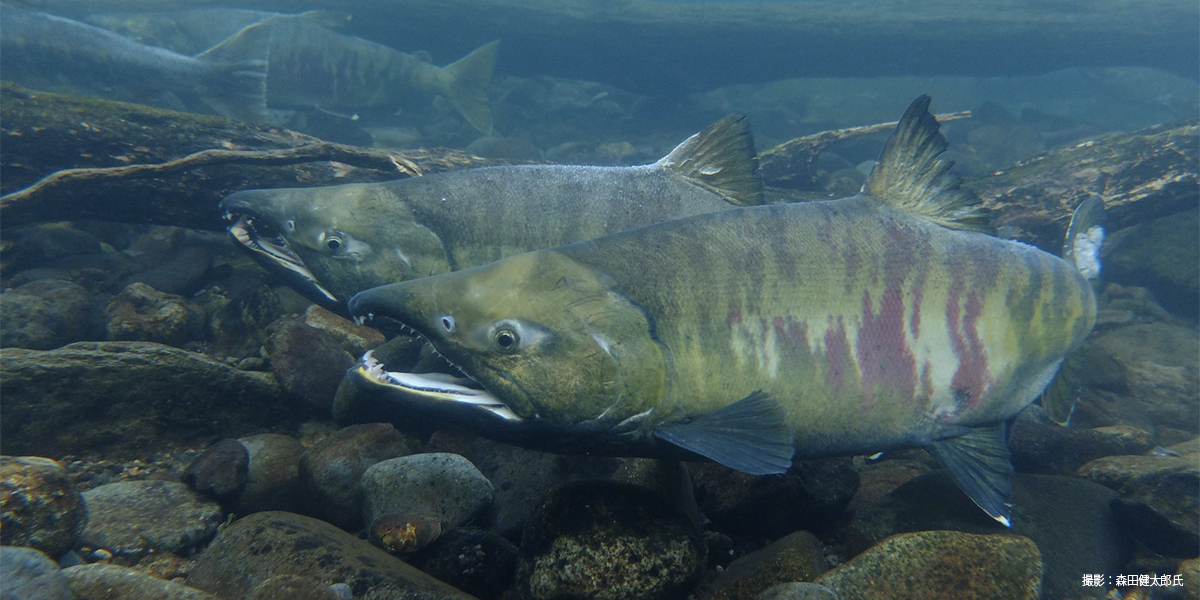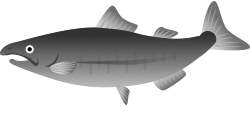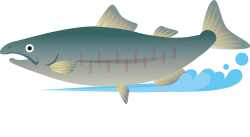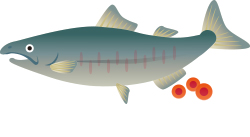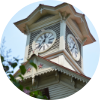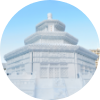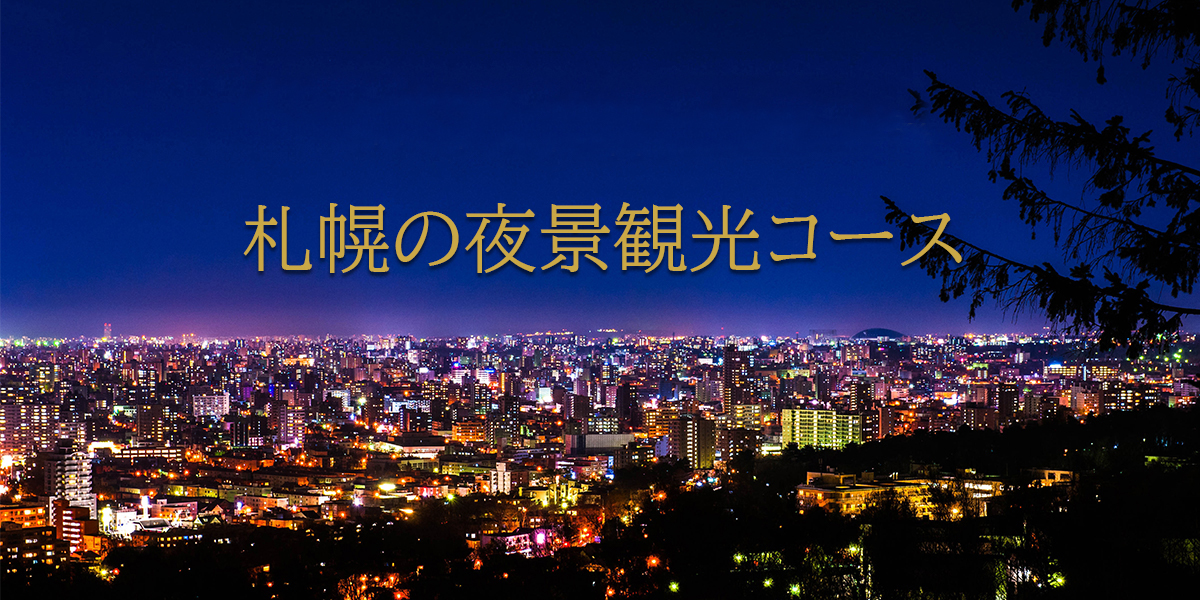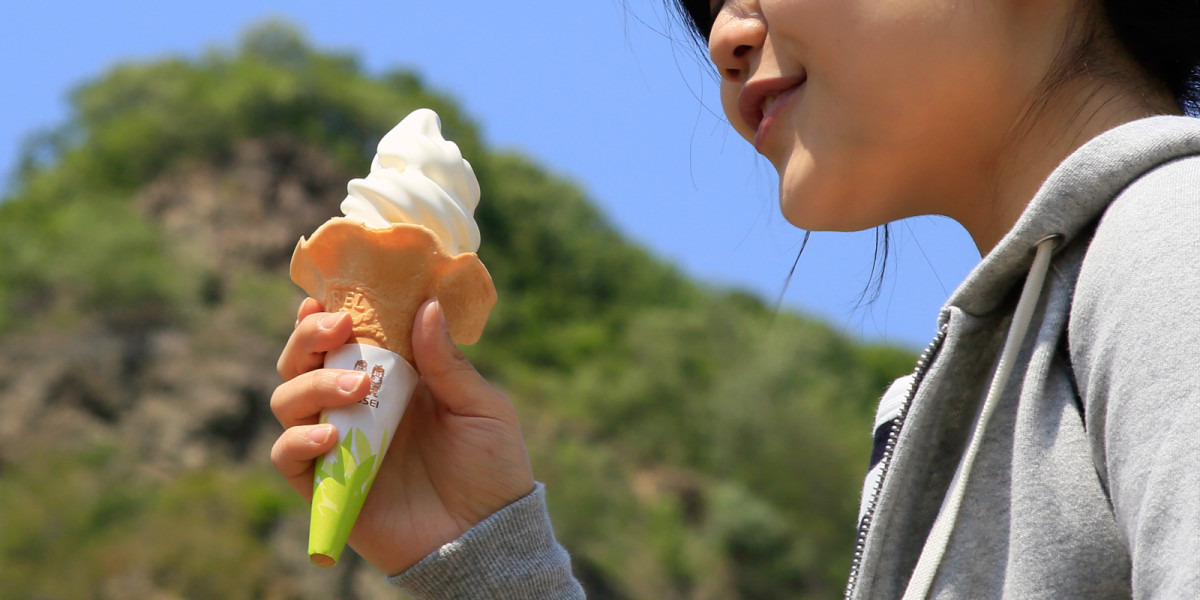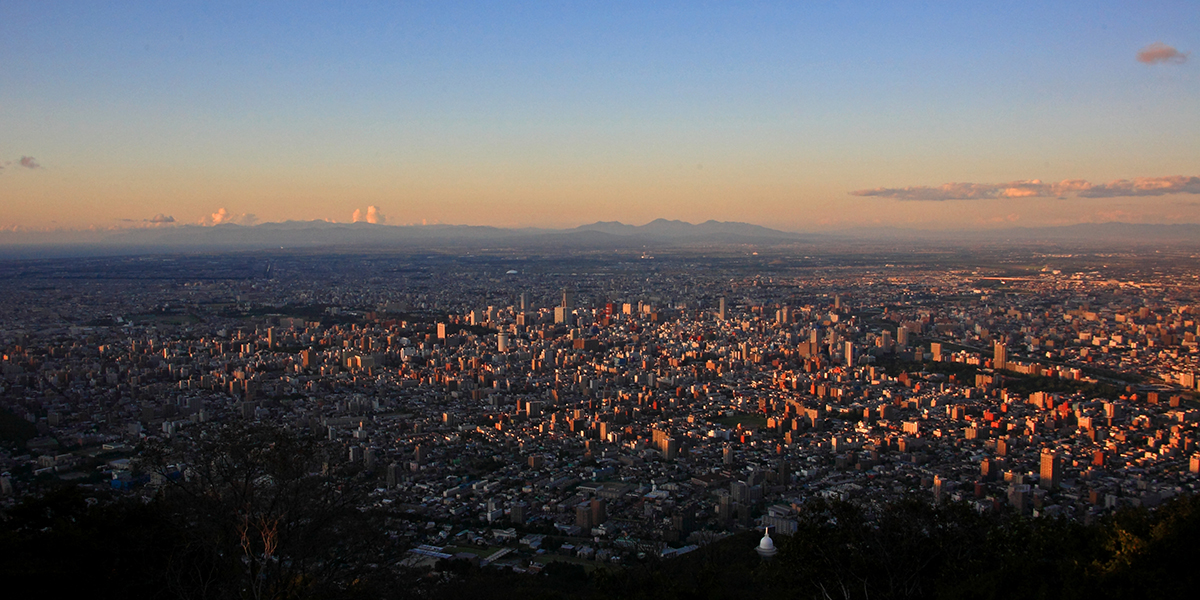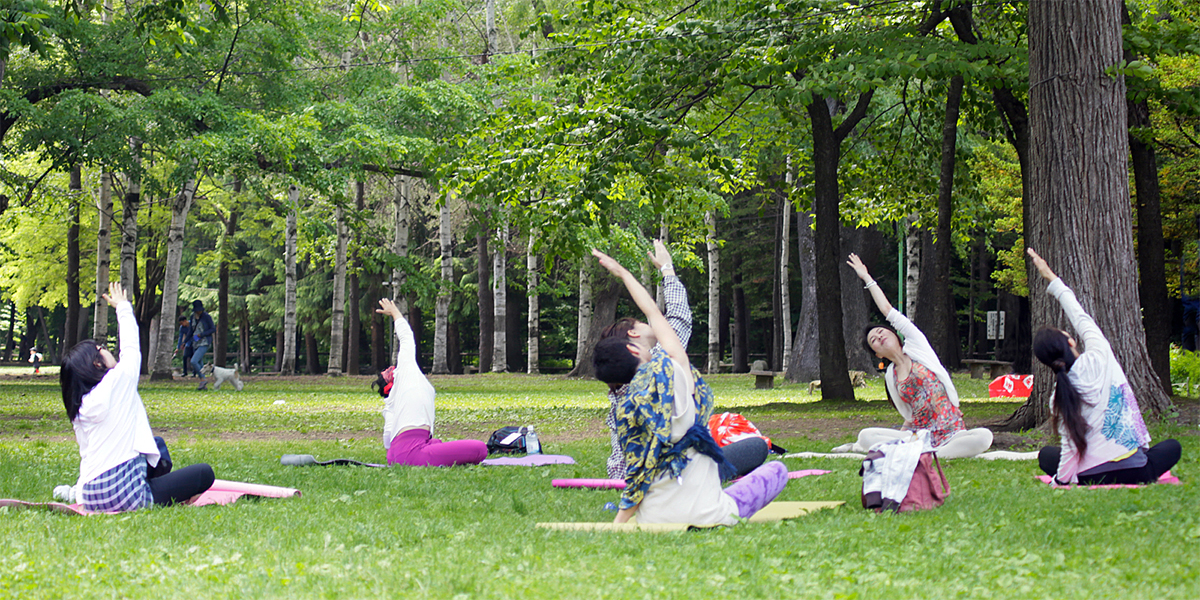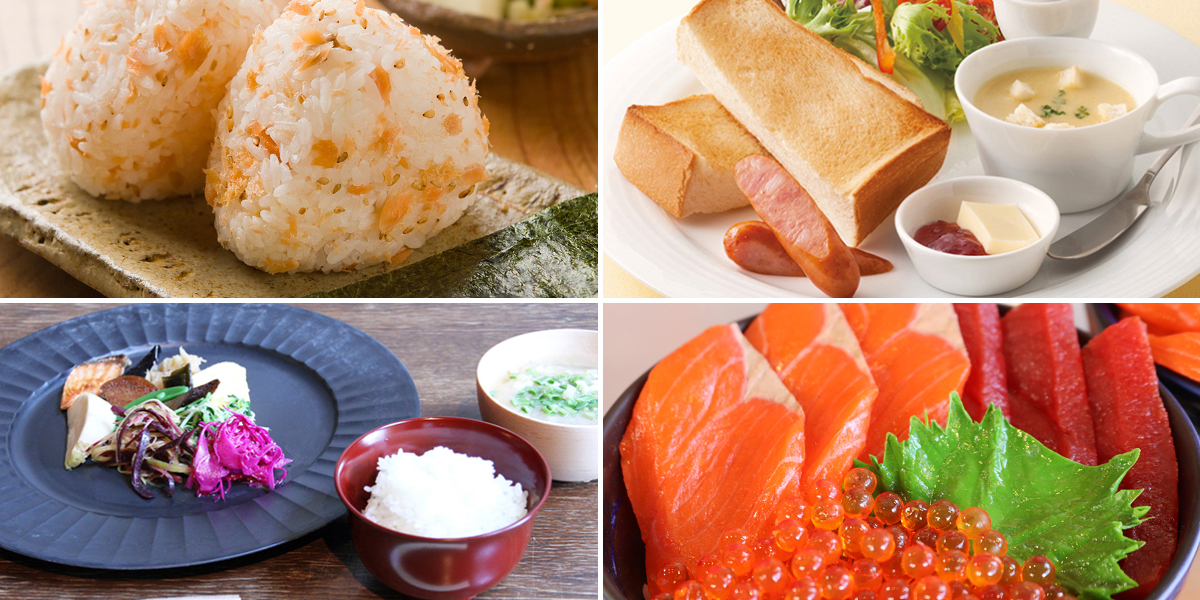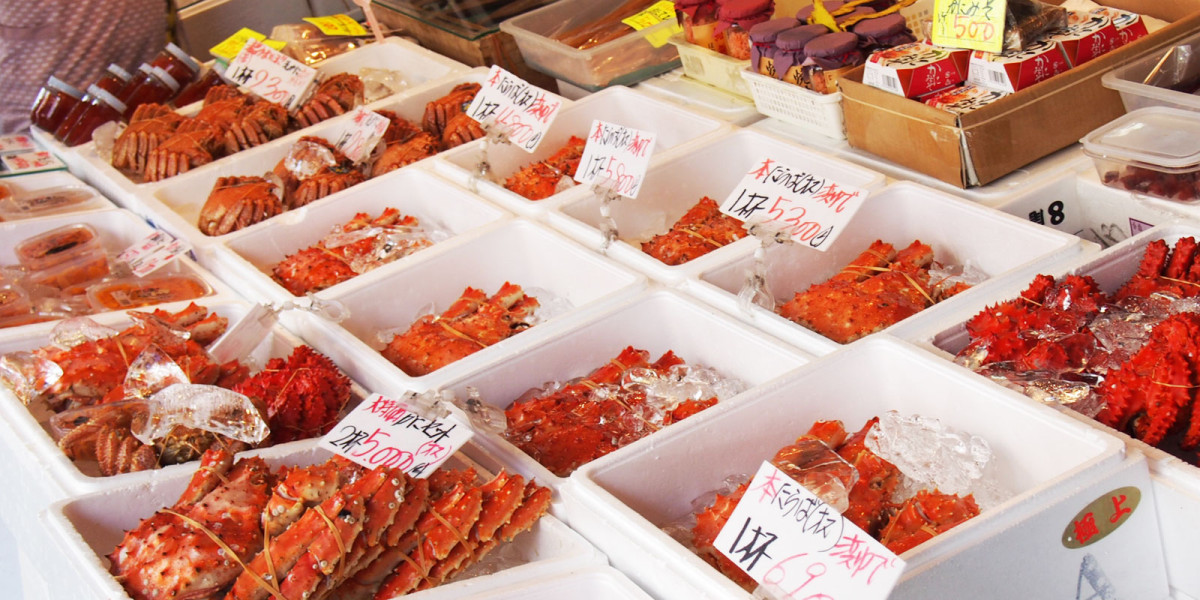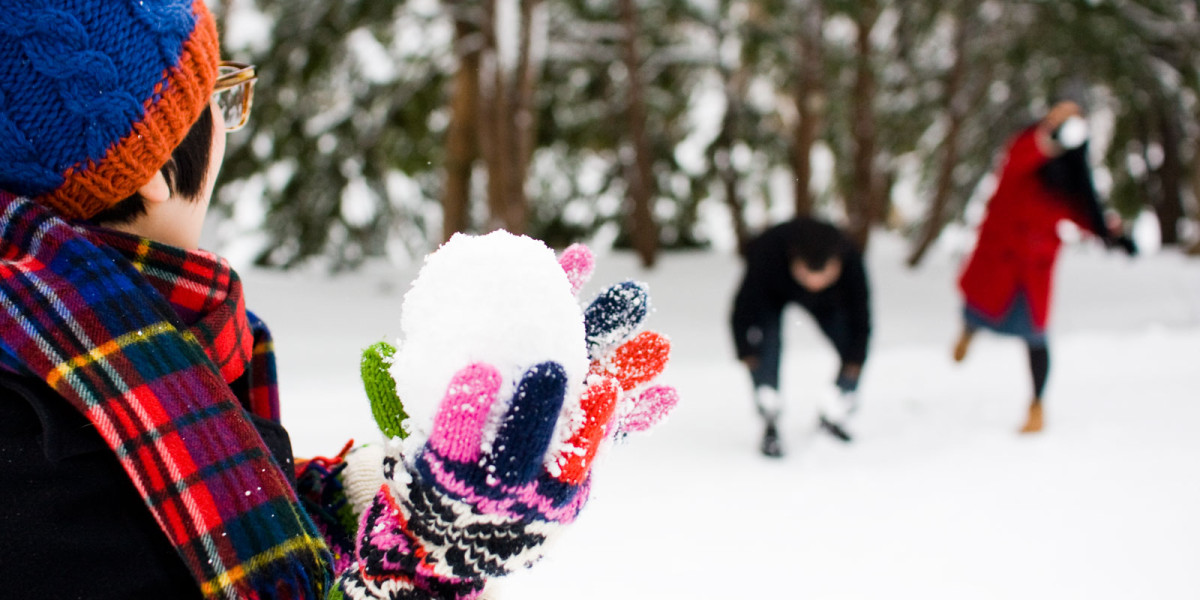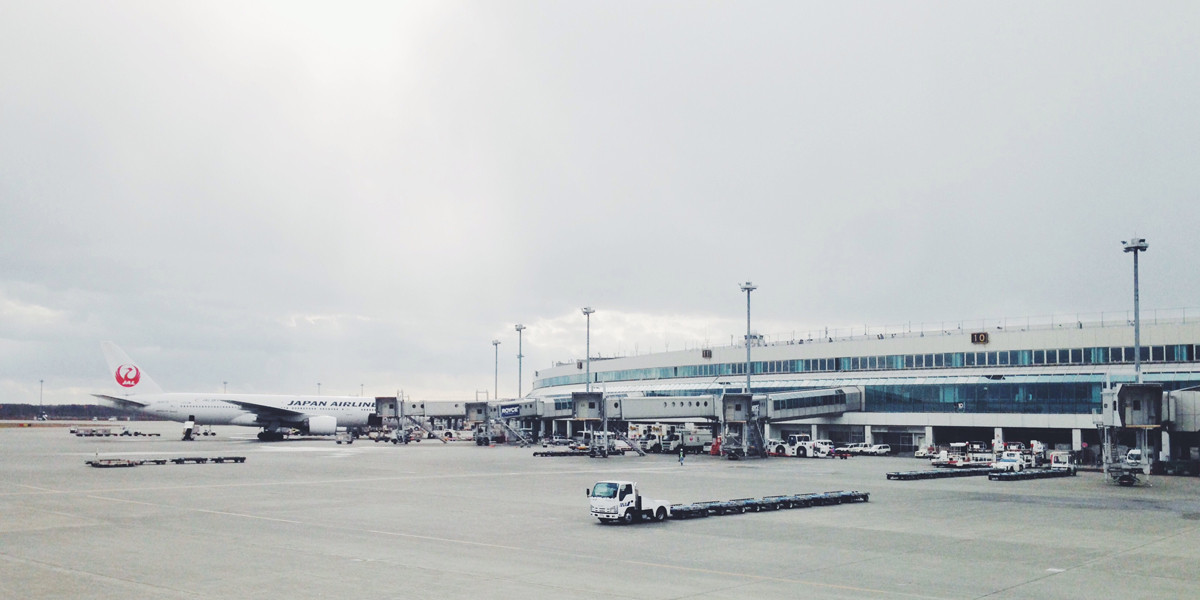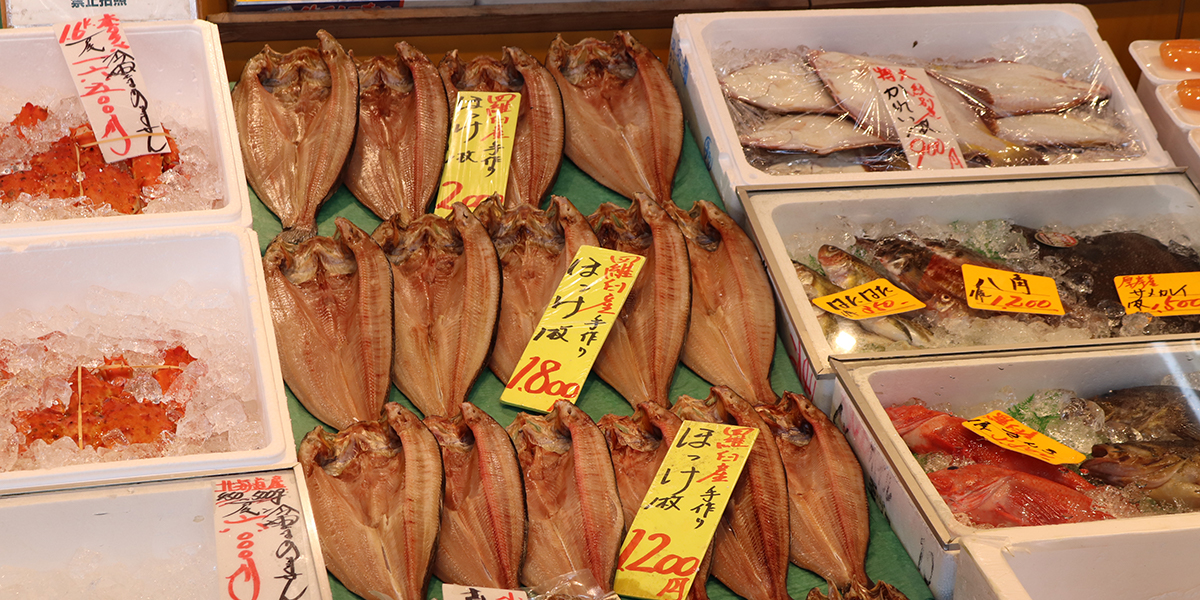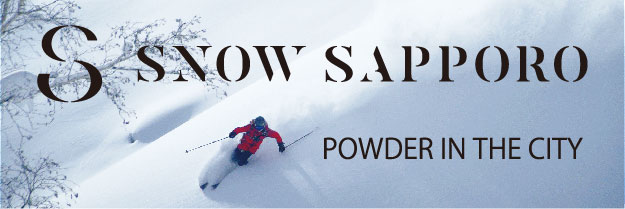Enjoy fall in Sapporo with salmon tours! Have fun observing the salmon run and try fresh salmon roe!
In autumn, salmon return from the ocean to the Toyohira River, which flows through the center of Sapporo, in order to spawn
It is a rare sight in the world to witness wild salmon returning to spawn in an urban setting with a population of 1.9 million residents. Between early October and late November, salmon making their spawning nests can be observed from the bridges and riverfronts of Toyohira River and Kotoni-Hassamu River. In this column, we will take a look at some of the popular observation spots, the Ainu people’s welcome ceremony for the salmon, fresh salmon roe sampling, in addition to other fun activities only available during the salmon run season. The season for enjoying earth’s bounty has begun!
Wild salmon return to the Toyohira River! The long history of salmon and Sapporo.
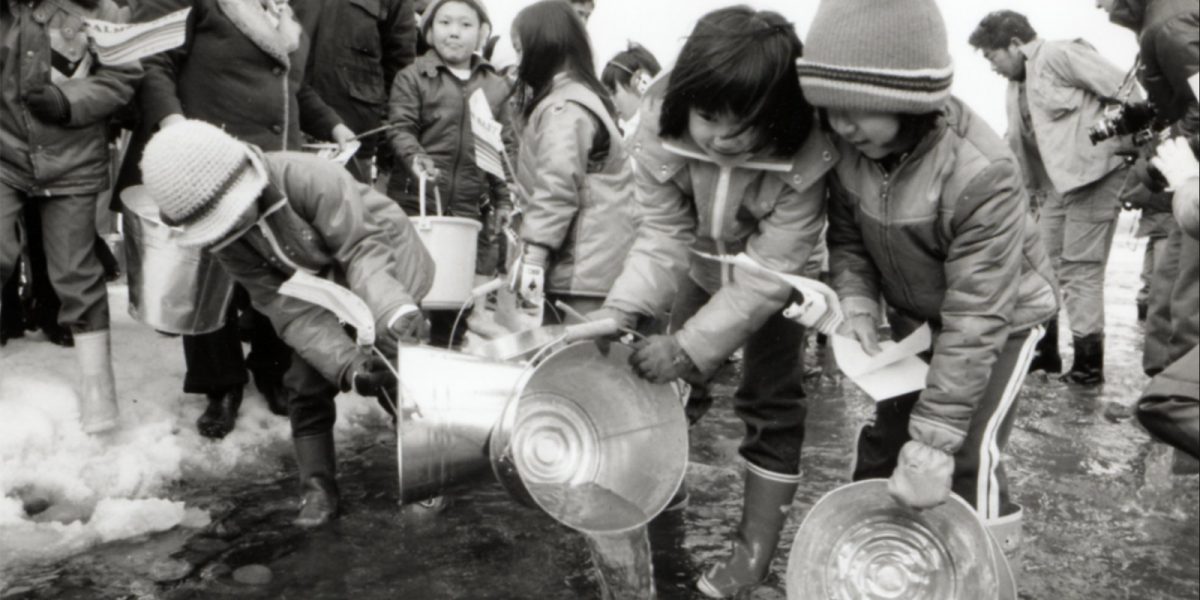
Toyohira River has long been the home river for large numbers of salmon, and the remains of ancient fish traps once used to catch salmon can be seen here. However, in the 1950’s salmon almost went extinct in the Toyohira River due to declining water quality and construction on the river. Subsequently, after restoring the water quality in the late 1970’s, the Come Back Salmon Initiative started releasing hatchery juveniles. In 1984, the Sapporo Salmon Museum was opened as the base facility for the initiative. Each year, 200,000 juvenile salmon are released into the ocean via the river, and the return and spawning of the salmon are studied. The Toyohira River has good water quality, and factors important to salmon are protected, such as having fish ladders set in place to overcome obstacles such as dams on their return, the total number of salmon returning to the Toyohira River at present is estimated at 1,000 to 2,000 fish. Recent studies reveal that around 70% of those spawning here are wild salmon born through natural reproduction. It is globally rare for an urban river to witness the comeback of wild salmon who return for spawning. Launched in 2014, the Sapporo Wild Salmon Project started an initiative to reduce the number of hatchery juveniles released into the river in an attempt to increase the proportion of wild salmon, which makes a great start for preserving Sapporo’s signature biodiversity.
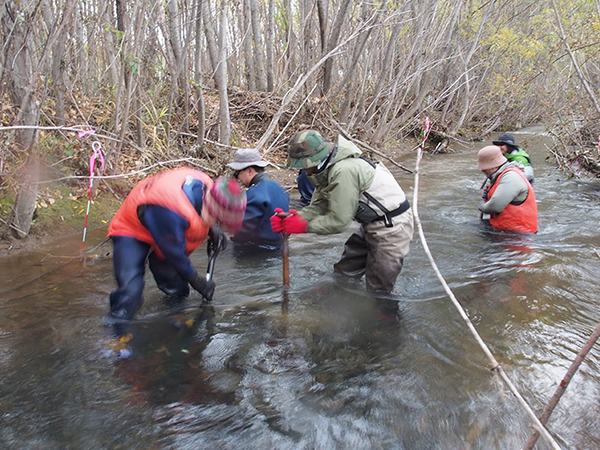
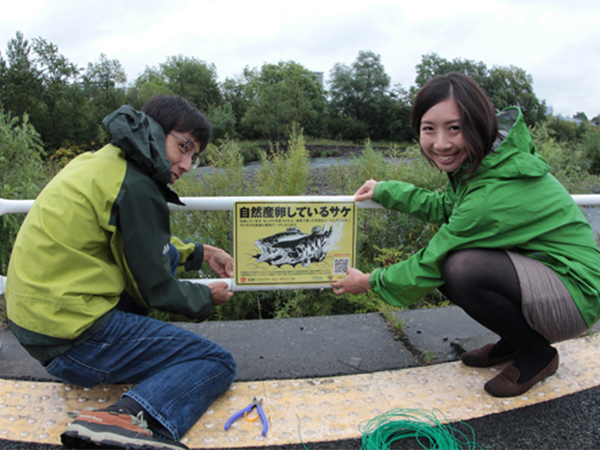
Best three spots for salmon run and spawning salmon observation!
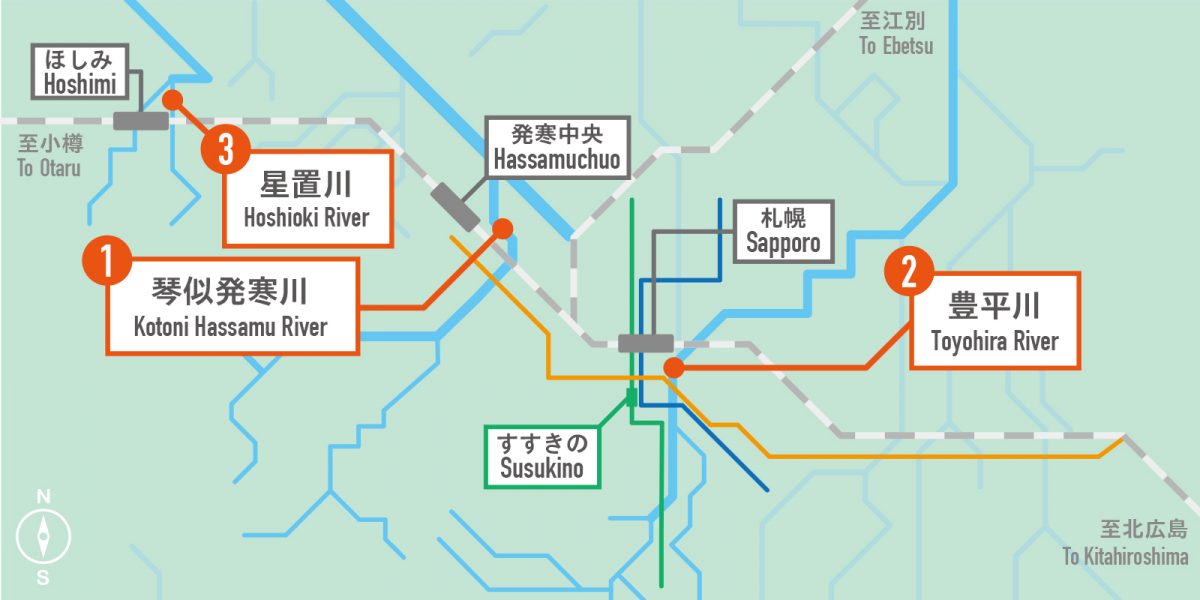
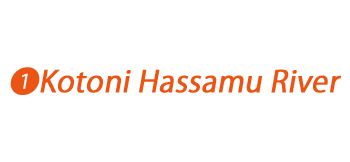
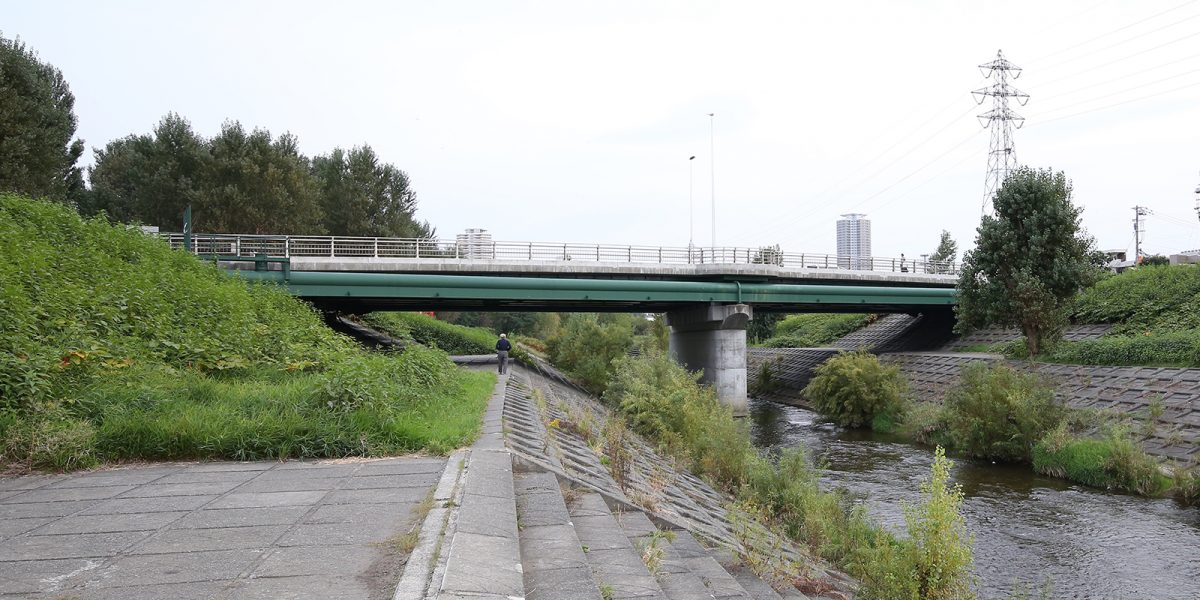
This is the easiest spot for observation. The season starts every year from early October when the salmon are first spotted and lasts until the end of November.
1. Downstream from Kangetsu-kyo Bridge Lots of salmon from early October to the first half of November.
2. Downstream from Noshikoen-bashi Bridge Lots of salmon from mid-October to the end of November.
10-minute walk from Hassamu-Chuo Station, only three stops away from JR Sapporo Station. If traveling by car, please use the Noshikoen (Noushi Park) parking lot for your observation trip.
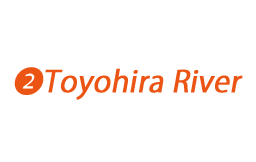
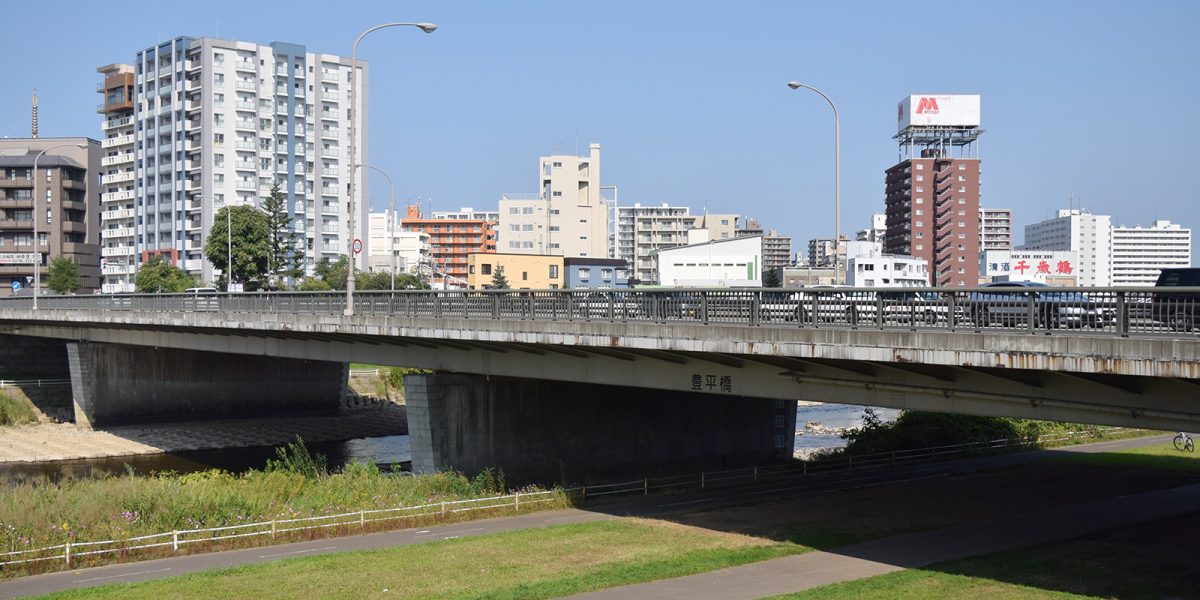
The river flows through the city center, making it the most easily accessible observation spot. The width of the river allows salmon to spawn in many different locations, so it is recommended that you check with the Sapporo Salmon Museum ahead of time either by phone or on their website for the most updated information. Three bridges most likely to offer a view of salmon include Toyohira Bridge (upstream), Mizuho Ohashi Bridge (downstream), and Higashi Bridge (downstream). Toyohira Bridge is approximately 10 minutes by foot from Susukino, making it an ideal spot for a quick jaunt during your Sapporo city tour.
10-minute walk from Susukino Station on the Namboku Subway Line(Toyohira Bridge)

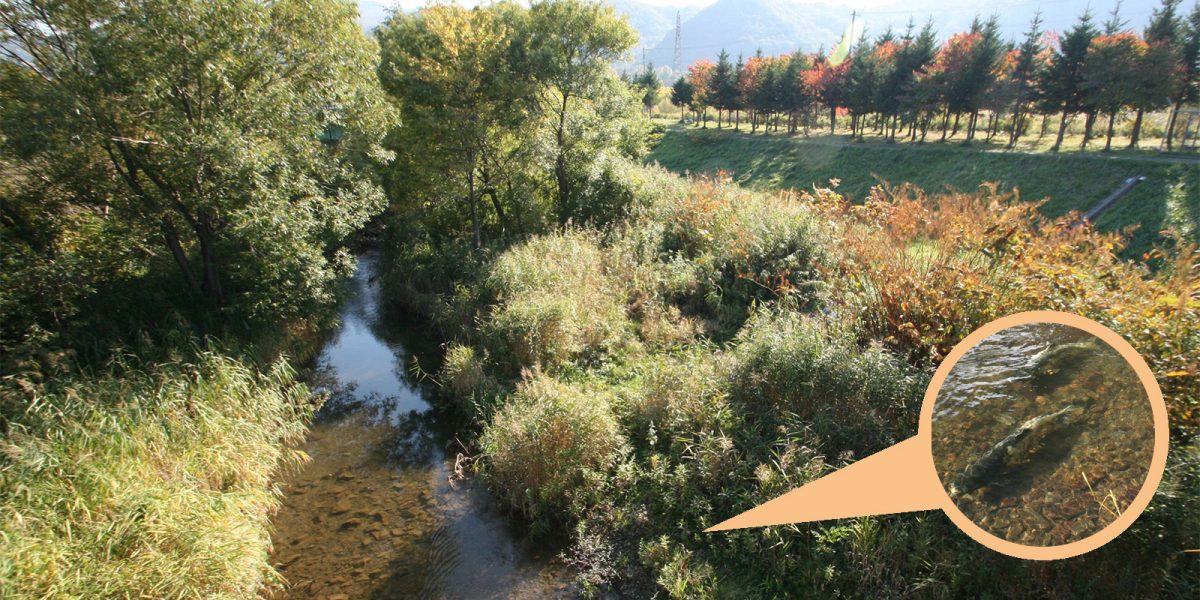
The Hoshioki River is a small river that flows along the border between Sapporo and the city of Otaru. The river has a number of recommended observation spots where you can see salmon spawning, including under the Hoshimi Bridge and Shin-Hoshimi Bridge located near JR Hoshimi Station, and Seiryu-bashi Bridge within Hoshimi Ryokuchi Park about a five-minute walk from the station.
18 minutes on semi rapid train “Ishikari Liner” from JR Sapporo Station. Exit at Hoshimi Station, and it is a 5-minute walk.
Enjoy seasonal fun activities during the salmon run season, including Ainu rituals and salmon roe making!
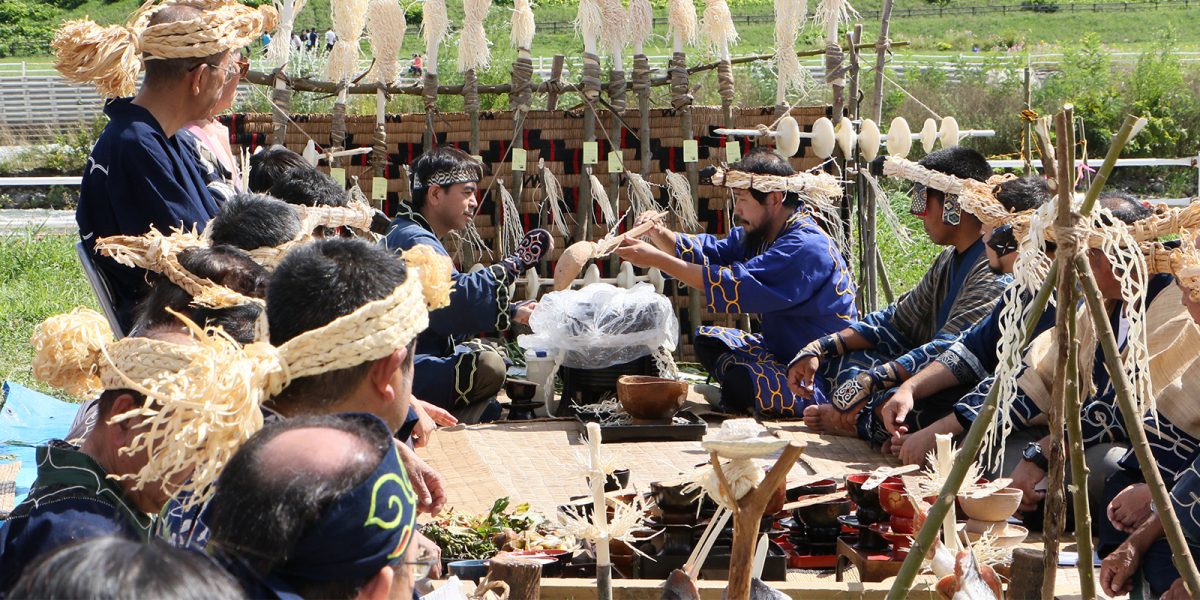
Experience Ainu traditional rituals!
“Asir cep nomi” is the ceremony performed to welcome salmon back to their native river. The ceremony takes place every year on the second Sunday of September at the riverbed near Minami 7-jo Ohashi Bridge along the Toyohira River. The ceremonial event starts at 11:00 a.m., while visitors can participate in Ainu ancient dance (circle dance) which starts at 13:00. All are welcome to attend, so don’t miss this opportunity.
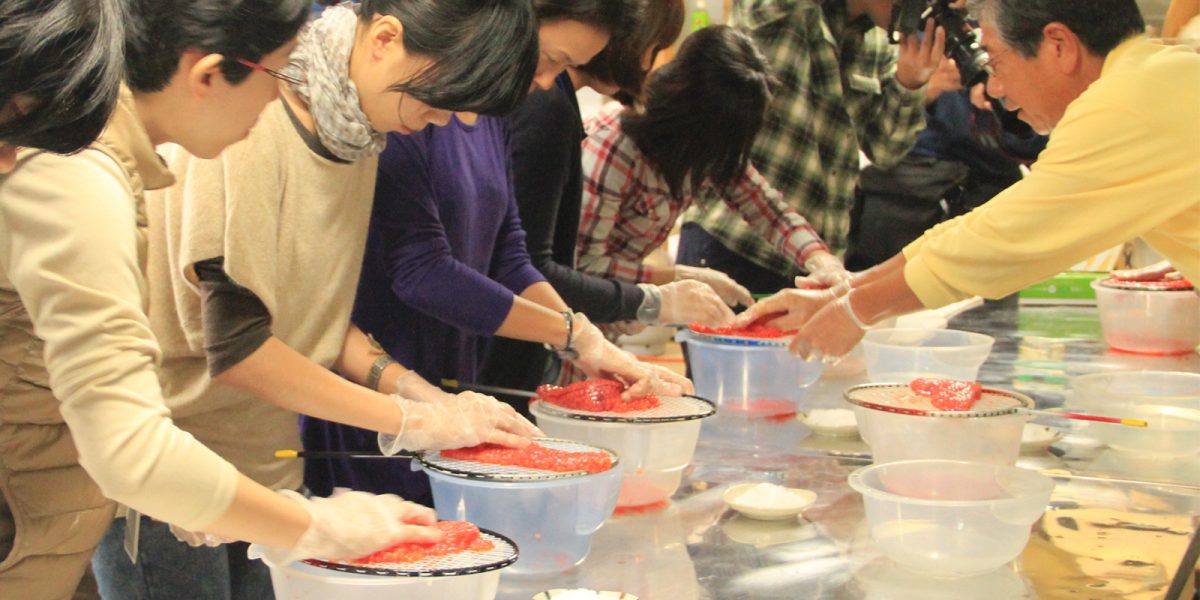
Experience making your own salmon roe in Ishikari, Sapporo’s neighboring town!
Would you like to try out making salmon roe in Ishikari, the “home of salmon” that is only 40 minutes by car from Sapporo? The workshop includes a meal, and is ideal for lunch out.
Minshuku “The Yoshioka”
http://the-yoshioka.net/index.html
Their salmon roe sashimi freshly removed from the egg sack is popular with wasabi soy sauce flavoring. Enjoy a seafood feast with other fishermen cuisine such as “Ishikari Yanshu Dainabe,” the original form of Ishikari Salmon Hot Pot.
Availability: Year-round reservations accepted up to the day before your visit (required) Workshop Fees: From 4,000 yen, including meal (tax excluded) Address: 24-2 Oyafune-cho, Ishikari/0133-62-3562 Access: Take the Ishikari Line (approximately 60 minutes) from the Chuo Bus Sapporo Terminal (Bus stop No. 7), and get off at Ishikari Shogakkomae Stop, the minshuku is a 2-min. walk away.
Cuisine Minshuku “Yamatama”
http://yamatama.net/index.html
Try your hand at making soy sauce-marinated salmon roe with the head chef. Marinated salmon roe will be preserved in a jar for you to take home.
Availability: Early September through end of October, reservations required up to 1 week before your visit Workshop Fees: 3,500 yen, including meal (tax included) Address: 109 Oyafune-cho, Ishikari /0133-62-3422 Access: Take the Ishikari Line (approximately 60 minutes) from the Chuo Bus Sapporo Terminal (Bus stop No. 7), and get off at Ishikari Onsenmae Stop.

